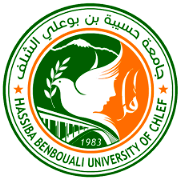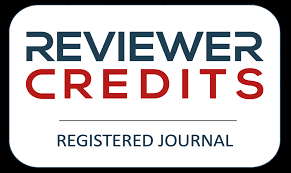Translating islamic religious expressions: Problems and strategies
DOI:
https://doi.org/10.70204/jlt.v3i2.293Keywords:
foreignization,, Islamic religious expressions, problems,, strategies,, translationAbstract
This study is an attempt to investigate the problems that face the translator
when translating Islamic religious expressions from Arabic into English. It also
explicates the strategies that the translators used in dealing with such problems.
The study is descriptive, comparative and evaluative and focuses on how
Islamic expressions drawn from the Islamic Arabic book Bidāyat al-Hidāyah
are translated by two different translators namely Muhammad Abul Quasem
(1979) and Mashhad Al-Allaf (2010). Since the explored religious expressions
are deeply rooted in their native culture and constitute a main part of the
Arabic-Islamic identity, the findings of the study show that such expressions,
in many cases, do not have equivalents in the target language and culture, and
translating them into English is very problematic and pose a great challenge to
the translator. The findings also reveal that meaning losses and distortions are
the result of a host of reasons among which are the sensitivity and peculiarity
of the religious expressions and the huge differences between Arabic and
English.












